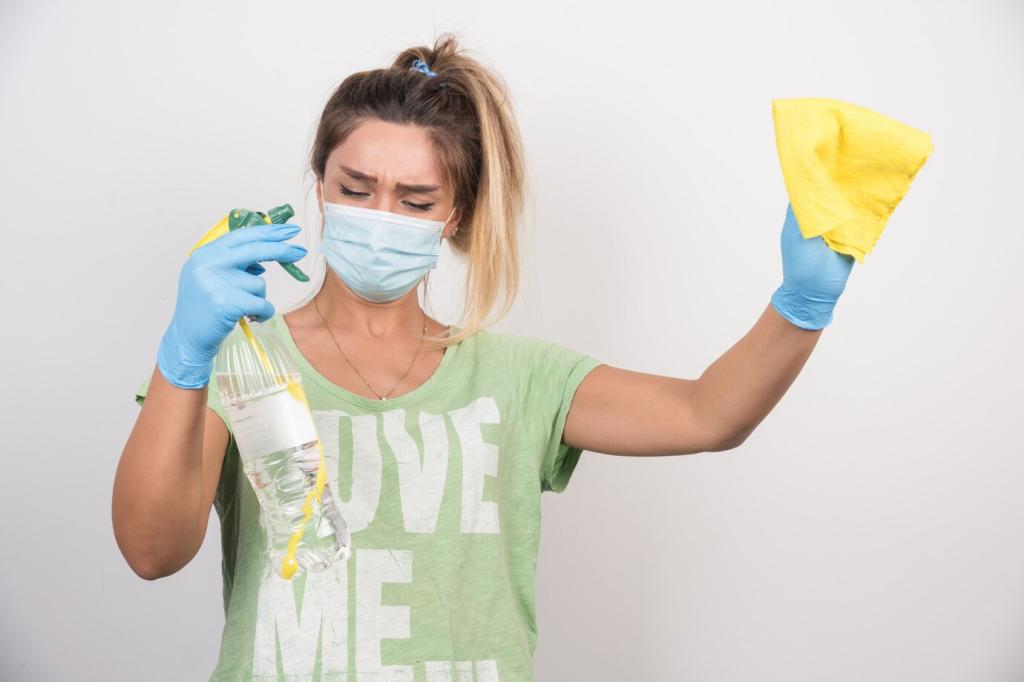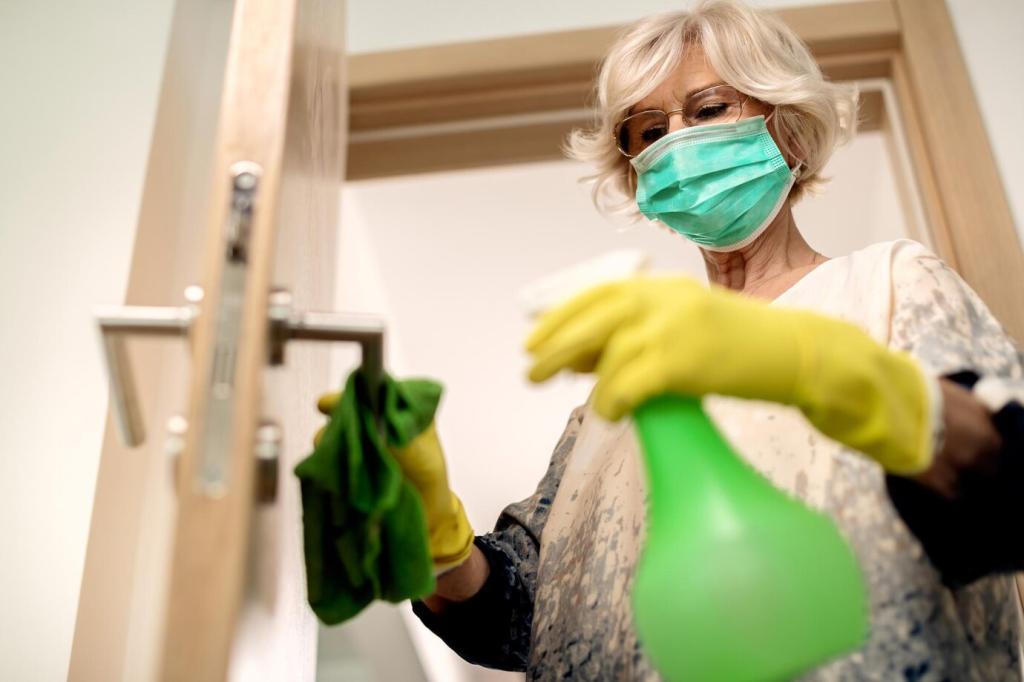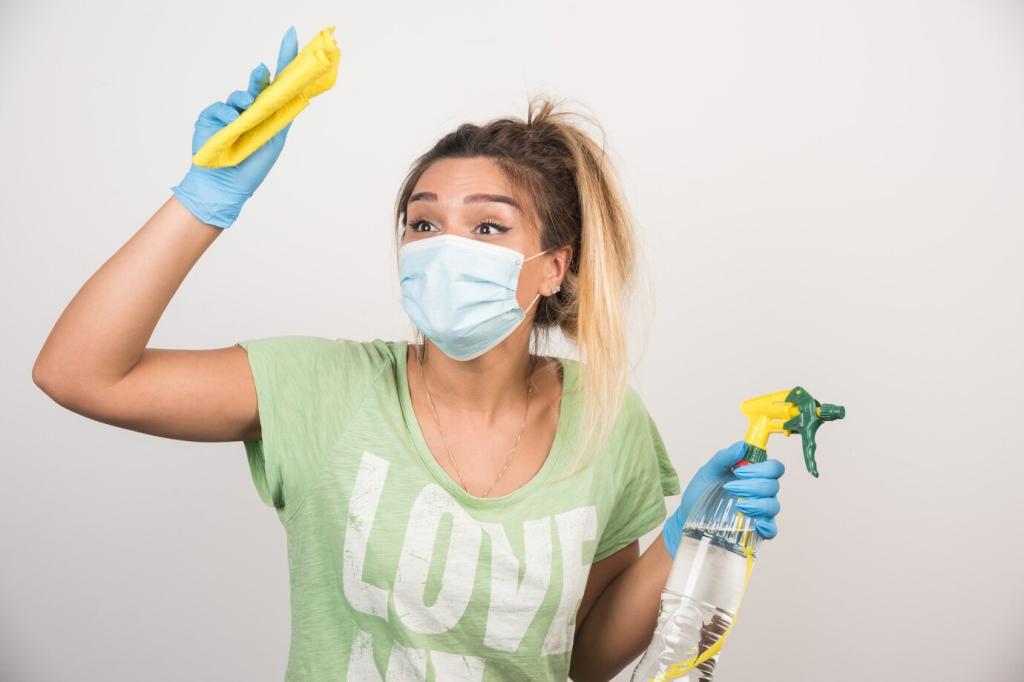Fabric-Specific Guidance
Use mild, pH-appropriate cleaners and cool water. Blot rather than rub to protect weave integrity. For wool blends, enzyme-based spot treatments can help, but always patch test to confirm colorfastness and avoid felting or texture changes.
Fabric-Specific Guidance
Choose low-moisture, low-VOC sprays with careful dwell times. Press with a clean, absorbent cloth and groom velvet pile gently to prevent marks. Patience beats force; sustainable cleaning respects delicate fibers and the craftsmanship behind them.
Fabric-Specific Guidance
Microfiber upholstery tolerates water-based, biodegradable cleaners well, but still avoid over-saturation. Use a soft brush and controlled dilution. Enzymes handle organic stains effectively, while plant solvents can lift oils without leaving heavy chemical odors.




